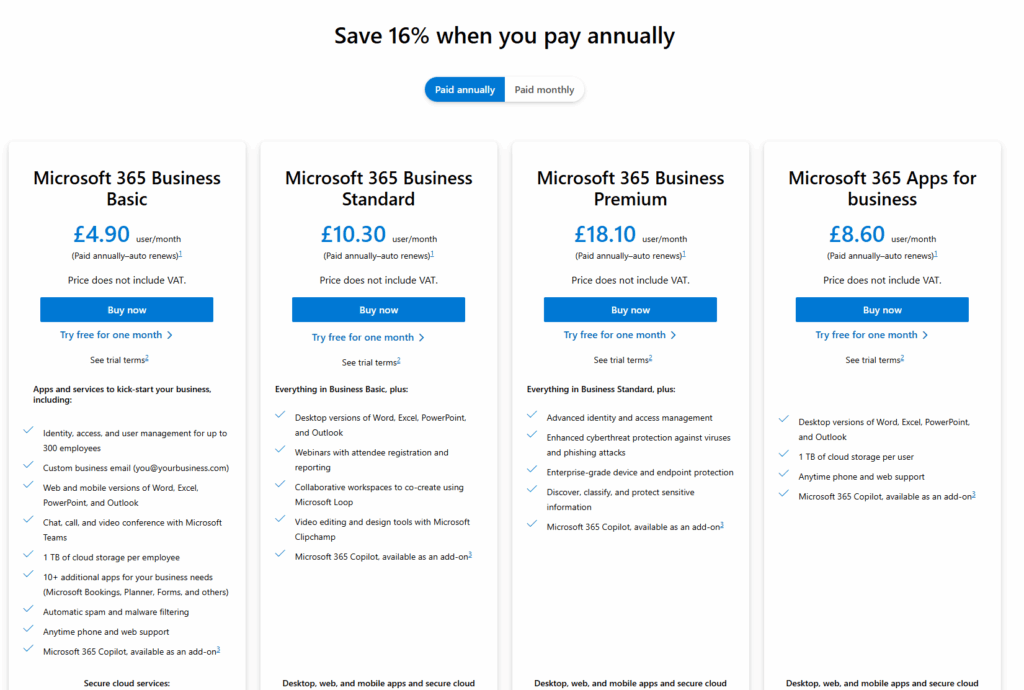This is the part where all the content sources came together into a centralized system I could actually interact with.
This post is a cleaned-up record of what I built, what worked, what didn’t, and what I planned next. If you’ve ever tried to unify fragmented notes, decks, blogs, and structured documents into a searchable system, this might resonate 🙂
What I Built
There were two main components at the heart of the system:
- Batch Processing Script
PopulateChatSystemDataRepository.py— this was run manually to gather and format all source data into a single repository. My plan was to automate it later. - Continuous Scanner
A lightweight background service monitored for new blog posts and updates.
At that point, the batch script did the heavy lifting, though I intended to shift it onto Google Cloud Run to handle scale.
Where the Data Lived
The sources I processed included:
- PowerPoint files
These were manually selected and hardcoded into the script — a reasonable tradeoff given how few I needed to track. - RSS Feeds
- My blog at bjrees.com
- A few curated industry insight feeds
- OneNote Notebooks, such as:
- Project documentation (e.g. Skynet, The Oracle)
- Notes from a Cambridge Judge Business School programme
- Third-party and personal research logs
- iCloud Backups
These contained archived slide decks and supporting materials.
All of this data was funneled into a staging area for eventual vector embedding and retrieval.
Microsoft Graph API + OneNote
To pull content from OneNote, I used the Microsoft Graph API. First, I installed the required libraries:
pip install msal requests
msalhandled authentication via Azure Active Directoryrequestsallowed me to interact with the Graph API endpoints
Once I authenticated, I could enumerate and query notebooks like this:
python ExtractNotes.py
After logging in via a Microsoft-generated URL, I could successfully extract content from all the notebooks I needed.
Licensing Curveballs
At the time, I hit a snag: my Microsoft 365 Family plan didn’t include SharePoint Online, which was required to query OneNote via the Graph API.
I weighed my options:
- Pay for a Business Standard plan (~£9.40/month)
- Try and use my home license in some way, even thought it didn’t seem to have what I needed for OneNote
I went with option 2, supported by a one-month free trial of Microsoft Business Basic to help validate the approach.

Google Sheets as the Backbone
The ingestion script used a JSON keyfile to interact with Google Sheets. It opened the sheet like this:
client.open_by_key(sheet_id).sheet1
Sheets acted as a live database — but I ran into 429 rate-limit errors, especially when repeatedly reading the same files. To solve this, I built a basic checkpointing system so the script would:
- Cache previously processed records
- Avoid re-downloading the same content every time
- Track progress and only fetch new entries on each run
The GitHub Reset
After a short break from the project, I realized the codebase had grown too complex. I had introduced a lot of logic to deal with throttling and retries, but it made everything harder to understand.
So I rolled back to a much earlier commit and started again from a simpler foundation.
It was the right move.
What Came Next
Here’s what I tackled after that cleanup:
- Migrated the whole project to an old home laptop
- Simplified the ingestion pipeline
- Ensured each run processed only new data, not the full archive
- Finalized access and querying via Microsoft Graph API for OneNote and SharePoint content
Reflections
Skynet began as a chatbot experiment, but evolved into something bigger — a contextual knowledge system that drew from years of notes, presentations, and personal writing.
Stage 2 was about turning chaos into structure. The next phase was even more exciting: embeddings, retrieval, and building a system that could answer real questions, grounded in my own work.
Read Stage 1 if you missed the start.

Leave a Reply